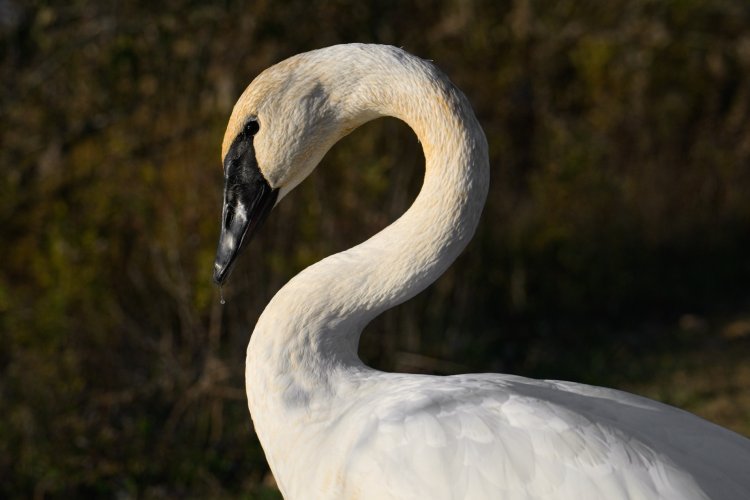In this video, we’re diving deep into AF Handoffs with the Nikon Z8, Z9, and Z6iii—and this concept will likely apply to future Nikon mirrorless models too. There's a ton of confusion out there between normal AF overrides and AF overrides that include a handoff and this video will clear the waters. (Warning: Many people think they know this technique and have it 100% WRONG - watch to make sure you have it RIGHT!)
If you shoot the Z8, Z9, or Z6iii, this video is absolutely critical to your AF success! (And it might explain some AF failures too!)
If you shoot the Z8, Z9, or Z6iii, this video is absolutely critical to your AF success! (And it might explain some AF failures too!)


